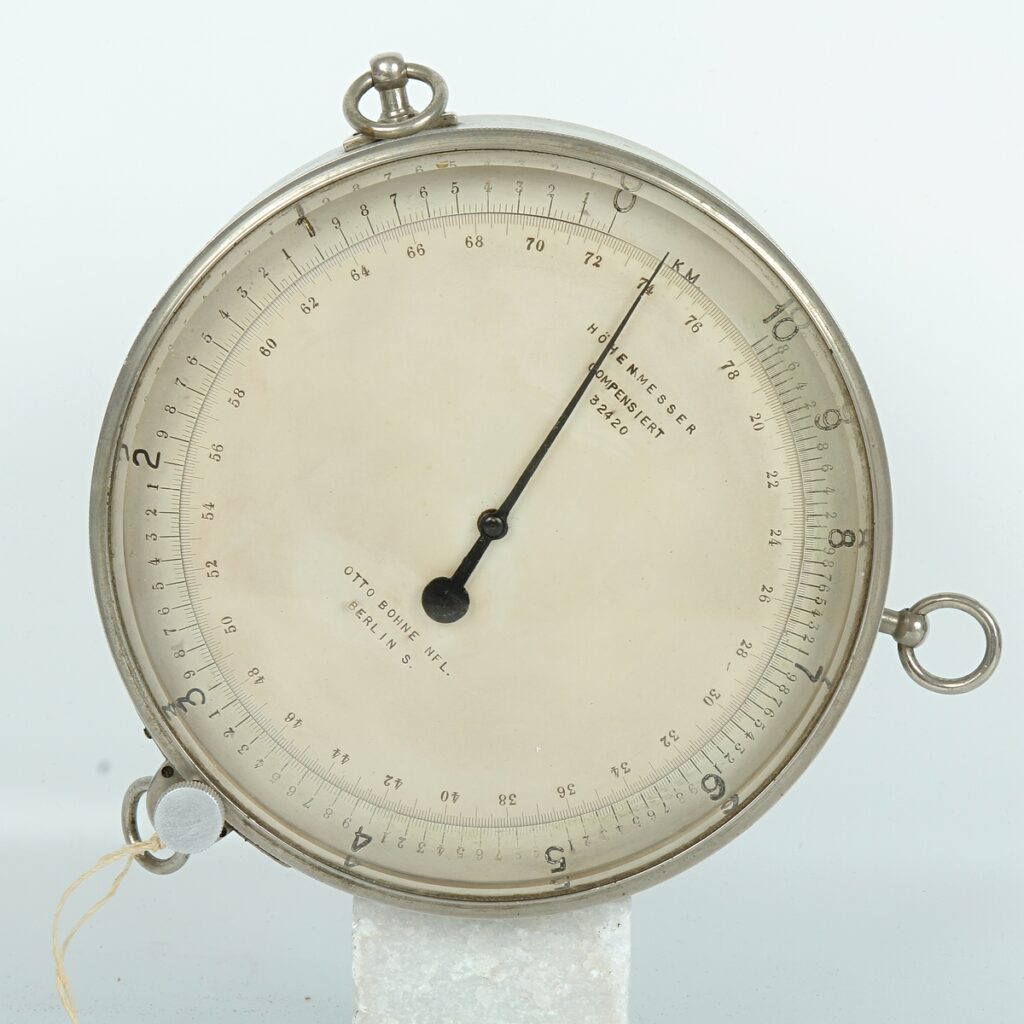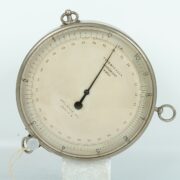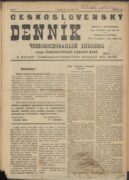
01 German Balloon Altimeter Bohne, Otto Bohne, Berlin, early 20th century
Fotogalerie

Both free and tethered balloons soon needed to accurately measure their height above ground in real time. Quite logically, it was decided that the best solution would be to modify the barometers already in use at that time, which worked on the principle of expansion of Vidie’s barometric boxes (aneroids) due to changes in air pressure. This change also corresponded to the actual height of the balloon above the ground. It was sufficient to add another scale to the barometer, calibrated in metres, and a device to reset it, as the air pressure was always changing because of weather conditions. This was beautifully seen in the altimeter by Otto Bohne, designed and manufactured by the German company Otto Bohne Nachfolger, Berlin. It was a cylindrical body of light metal, 170 mm in diameter and 1.4 kg in weight, which could be flexibly fixed in the balloon basket by means of three ring hinges. The barometric and kilometre scales were covered with a high-quality, thick glass. The relatively large size of the altimeter and its robustness guaranteed reliable and easy measurement of the flight altitude even in difficult meteorological conditions. When the balloon was launched, it was enough to turn the metric scale on the ground so that the needle coincided with zero and then the instrument measured the altitude very accurately. Interestingly, similar devices from the same company, but with a smaller diameter, were also fitted to heavier airplanes and used with the same suspension system until the 1920s. This rare exhibit from the early twentieth century was acquired by the Military History Institute in 2012 as a gift from a private individual.
Aktuálně

Československý deník sehrál v životě legionářů v Rusku velmi důležitou roli. Poprvé vyšel v prosinci 1917

Děkujeme za podporu pro válečné veterány. Sbírka DiGiMÁK vynesla 450 tisíc korun

Tak trochu zamrzlé spojení

Válečný veterán Petr Matouš pokřtil v Armádním muzeu Žižkov svou knihu. Patronkou je i ministryně obrany Jana Černochová








